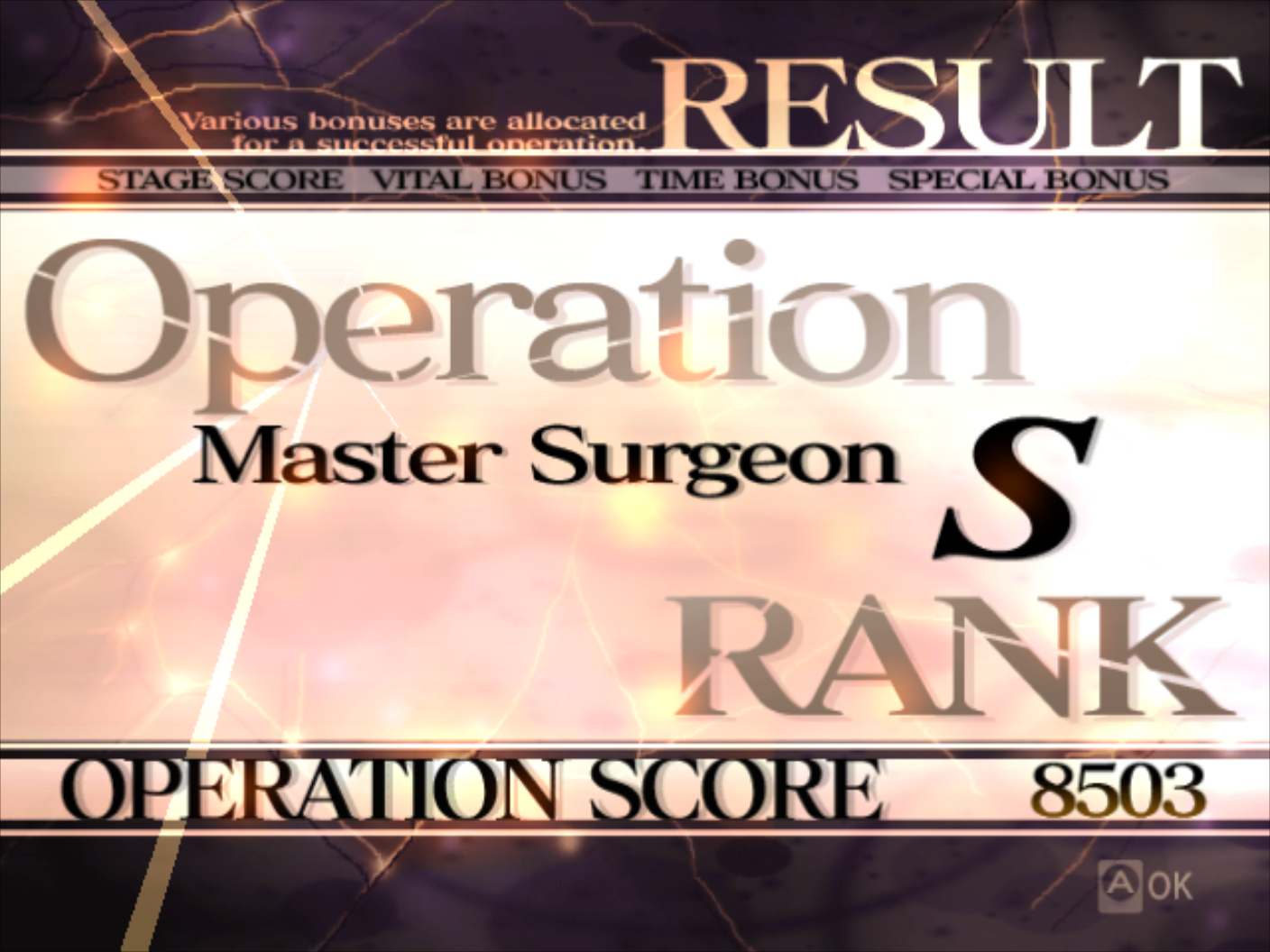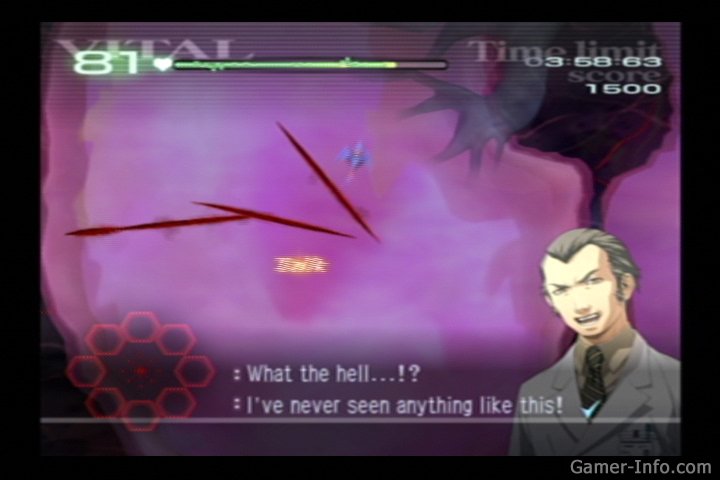

Silvester W, Goldsmith D, Uchino S, Bellomo R, Knight S, Seevanayagam S, et al.: Percutaneous versus surgical tracheostomy: a randomized controlled study with long-term follow-up. Seventy-one per cent of patients undergoing tracheostomy survived to 30 days post decannulation. Conclusions Although the tracheostomy complication rate in our trust was 41% at insertion (8% major), 33% whilst cannulated (13% major) and 74% post decannulation, only one post-decan-nulation complication persisted beyond 30 days and none was major. Overall patient outcomes 30 days post decannulation (excluding 15 patients transferred to other hospitals) were: 59% discharged from hospital, 29% dead, 12% inpatient decannulated. On the other hand, if the patient was anxious, agitated, with polypnea >35/minute, PaO2 145/minute, systolic arterial pressure >170 mmHg or 30 days post decannulation. If these criteria were not filled, the MV was continued and a daily assessment performed. If after the T-piece test the clinical status, blood gas and hemodynamic data were good, the patient was extubated. Results Very good agreements were found between the five-point Likert and VAS at baseline (0.891, P 90% with 40% FiO2, a spontaneous breathing trial (T-piece) is performed. Methods Patients were interviewed within 1 hour of first physician evaluation, in the emergency department or acute care setting, with dyspnea assessed by the patient using both a five-point Likert scale and a 10-point visual analog scale (VAS) in the sitting (60°) and then supine (20°) position if dyspnea had not been considered severe or very severe by the sitting versus decubitus dyspnea measurement. URGENT was a prospective multicenter trial designed to address these issues. Introduction There is considerable uncertainty about the reproducibility of the various instruments used to measure dyspnea, their ability to reflect changes in symptoms, whether they accurately reflect the patient's experience and if its evolution is similar between acute heart failure syndrome patients and nonacute heart failure syndrome patients.

M Tavares1, P Pang2, S Laribi3, A Mebazaa3, M Gheorghiade2ġHospital de Santo Antonio-CHP, Porto, Portugal 2Northwestern University, Chicago, IL, USA 3Hopital Lariboisiere, Paris, France Critical Care 2009, 13(Suppl 1):P1 (doi: 10.1186/cc7165)

Time course of dyspnea evolution in the emergency department: results from the URGENT dyspnea survey These abstracts are available online at © 2009 BioMed Central Ltd 29th International Symposium on Intensive Care and Emergency Medicine


 0 kommentar(er)
0 kommentar(er)
